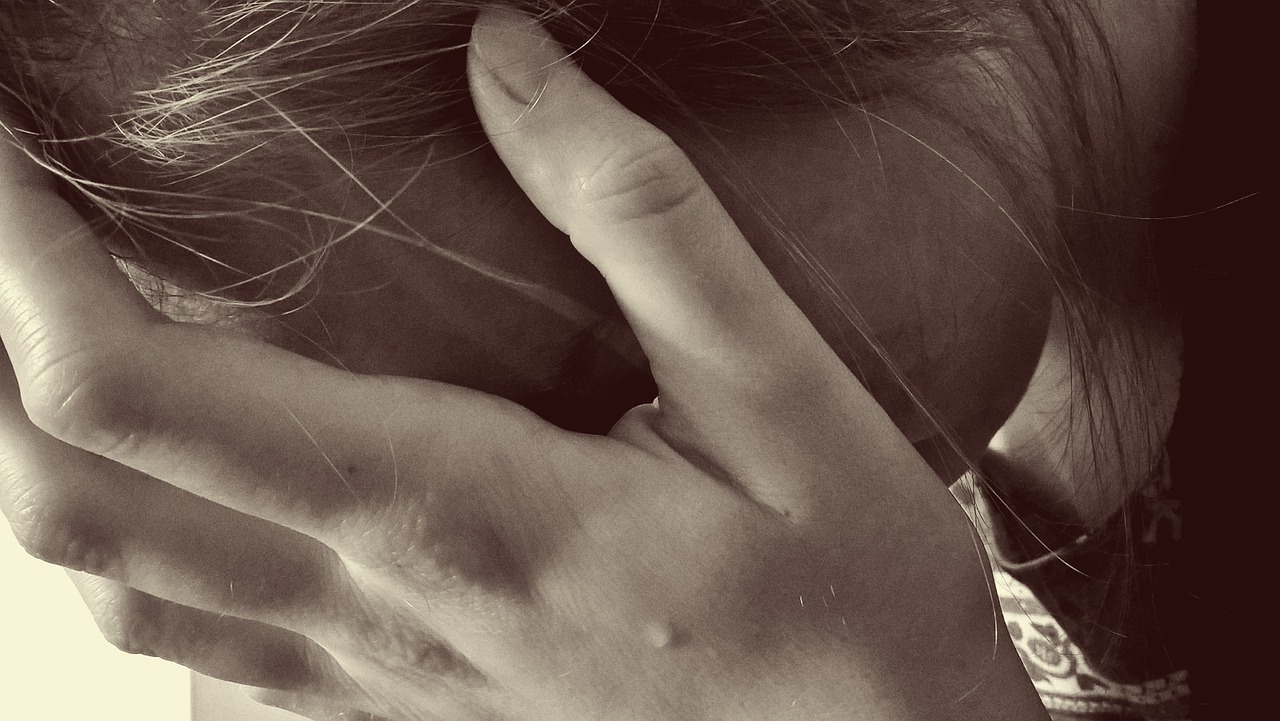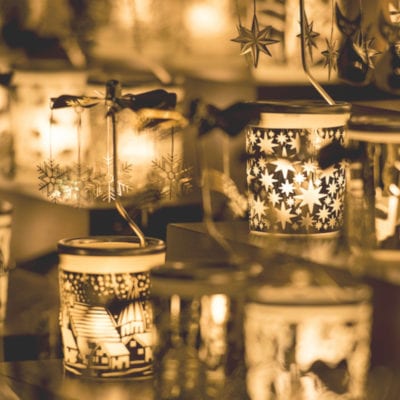What You can Realistically do to Help…
Just over a decade ago, I finally woke up, smelt the coffee and ran away from a domestic violence relationship. Looking back at it now, I have no idea why I left it so long, or quite how another person could have had so much power over my self-esteem and perceived value to planet Earth. But they did. And sadly, despite the world being much more aware of the epidemic that is DV, as humanity we still have a long way to go.
Without going through my entire life history, I was bullied at school. For sure this is where my insecurities when it came to being sniffed out by a manipulator lay… It took me nine whole years (yes nine!) to open up to anybody as to what was going on behind closed doors. Mainly because as a high flying business woman, I was embarrassed.
But eventually I did confide in a very good friend who would become my rock. And as my confidence and self-worth grew, so did my courage to tell more people… as well as my determination to follow through with my ‘escape plan.’

At first though, practically nobody could believe that the charming, outwardly caring guy I has hooked up with even had it in him to abuse a woman! And that is all too often the way. For a domestic abuser of either sex is an expert in putting on one Jekyll of a show for the ‘cameras’. It’s backstage where the evil Dr Hyde cuts loose…
This also means that for an outsider; a friend or a family member, it can be very difficult to spot anything untoward going on. You see, the victim is often equally adept at covering his or her own tracks… especially when they are living in fear of punishment and their respect for themselves has hit rock bottom.
A male or female who is regularly attacked whether physically, mentally, or both, will often be living in an environment where they are tiptoeing on eggshells daily… and will go to extremes to mask the actions of their abusive other half – 1: because they’ve been led to believe his/her actions are all their own doing, 2: they are too scared to consider the repercussions and 3: as ridiculous as it may sound, they have become so institutionalised to this life, so brainwashed that they cannot do better, that an alternative existence – the unknown – actually frightens them.
If only one of my family members or friends had planted some seeds in my mind a little sooner, I might well have escaped a lot quicker. And so I am inspired to write this check list of behaviours to look out for if you have an inkling that somebody you know is currently being tortured in their own home… or out of it. Domestic violence incidents can start as early as the teenage years and it certainly doesn’t take two people to be officially living together for the abuse to start.
It’s important to note this list of Red Flags is in no particular order. A victim may display some or all of the following, as well as other behaviours which aren’t regarded as ‘normal’ in a healthy relationship.
One of mine for example, was living a double life. At work I was a jet-setting career woman… who had more than a couple of flings when out of the country (it was safer that way) as some kind of bizarre scientific experiment to disprove my abuser’s theory that I couldn’t attract the attention of another man. It was sad and desperate, but at the time, a crucial part of my own journey to self-love and getting the hell out of a very bad situation.
The below, however, are slightly more typical:
1: Turning down invitations
My inner circle became an ever decreasing one, that’s for sure. After a couple of years I was turning down invites to not only girls’ nights out but even weddings of family and childhood friends, because I knew the implications of my attendance (the violence at home) would far outweigh the fun. It’s very sad to think back on all the opportunities I missed out on.

Declining invites or cutting attendance at events short, really is a key personality trait for a DV victim who feels the pressure to pacify their other half and ‘keep the peace.’ And for the abuser, curtailing good times outside of the relationship is not only used as a measure to control the movement of the victim, but equally a benchmark of their jealousy and fear of another potential suitor coming on the scene. The DV abuser knows it is they themselves who are not good enough! That is why they deflect their insecurities in the first place.
2: Visible marks
Pared with making up excuses (I walked into the fridge/lamppost/door). The two go together like a hand in a glove. Yes, lashings out of any kind can often be in such a fit of white rage that the abuser has neglected to think of the consequences. A DV victim, as a result, will typically sport markings around their neck (strangulation attempts… unfortunately that was what happened to me), but also the face (one such episode in my case was the wrath of the remote control which caught me just short of my eye).
The victim will go to some lengths to hide all trace of the attack with either make up, clothing or jewellery. Many a time this will be quite pointless because the damage is too evident. I’m relieved that most of the events I encountered have been (thankfully, although I suppose in some ways, worryingly) fogged by the brain. I suppose this was my body’s attempt to protect me from recurring nightmares. Although even over a decade on, I do still sometimes wake up in a cold sweat with those…
3: Body language
Does it stand out around their partner? Eye contact, shoulders, arms, legs can reveal so much when we hone in on the hidden words and emotions they are conveying. I recall sorting through old photos of myself and my abuser some years ago (all binned, of course) and the first thing I noticed was the perpetual fear in my eyes, my unnatural stance, slouched shoulders and legs crossed to his opposite side, shoulder turned, arms folded – everything screamed unhappy and lacking in self-love.

4: Does their partner critique them in front of others?
Is he or she always on a mission to embarrass them socially, put them down or pull them down a peg or two? Do they talk over their conversation attempts or interrupt? These things can be very subtle but if you are noticing other strange behaviours, it is highly likely that this one is being played out too…
5: Seeking permission
Does your friend or family member constantly have to check if something is OK with their partner before committing to it? Now often this can be viewed as a ‘decency’ thing… and of course it is very important not to confuse that with anything untoward. But when somebody is having to get clearance regarding their personal freedom to do everything from A-Z, or indeed money (these are generally the two biggies) then alarm bells should ring.
In a healthy relationship, each person is respectful of the other. Yes, compromises often have to be made but not at the cost of somebody’s career, friends, shopping ‘allowance’, and in some cases health.
Above all, it’s crucial you proceed carefully if you do suspect a loved one is in a bullying relationship. Trust can be lost in an instant, never to be regained, so work slowly and patiently to get to the bottom of things and understand it is a process – often a frustrating one. Ultimately, no matter what truths are hopefully revealed to you, it is the victim and only the victim who has to feel ready to leave. Nobody can do this for them. And when there are children involved (I thank my lucky stars over and over that for me this was not the case), the decision to flee can be something that is postponed until they are well into their late teens.
It’s also vital to ensure that the abuser has no idea you have cottoned on to his or her actions. This could jeopardise everything, upping the level of abuse once the stakes are raised.
It’s far from an easy road ahead once you have joined the dots as a concerned outsider, no matter how close your ties to the victim. Gentle perseverance is the key, coupled with frequent yet subtle reminders and hints that the above behaviours are not loving… and in extreme cases could end in death.
Supporting and coaxing a victim out of a domestic violence relationship takes creative invention, and a willingness even to see things through the victim’s eyes because they will only flee when they are ready. And their list of excuses to stay will be endless.
“Two women are killed every week by a current or former partner. This is a huge statistic and one that we need to start addressing – and addressing fast if we’re to save lives and protect young women in the future.
It is essential that women receive the right education and information so they can understand the techniques of control frequently used by abusive men. It’s all too easy for women to excuse their partner’s possessive and jealous behaviour – but in so doing they run the risk of the abuse increasing in frequency and severity over time. By understanding the signs early a woman is forewarned and forearmed.”
Sandra Horley CBE, Refuge Chief Executive
(Note from the Editor: For more information, the Refuge website is a treasure trove full of helpful advice. Click here to visit their webpages.)








